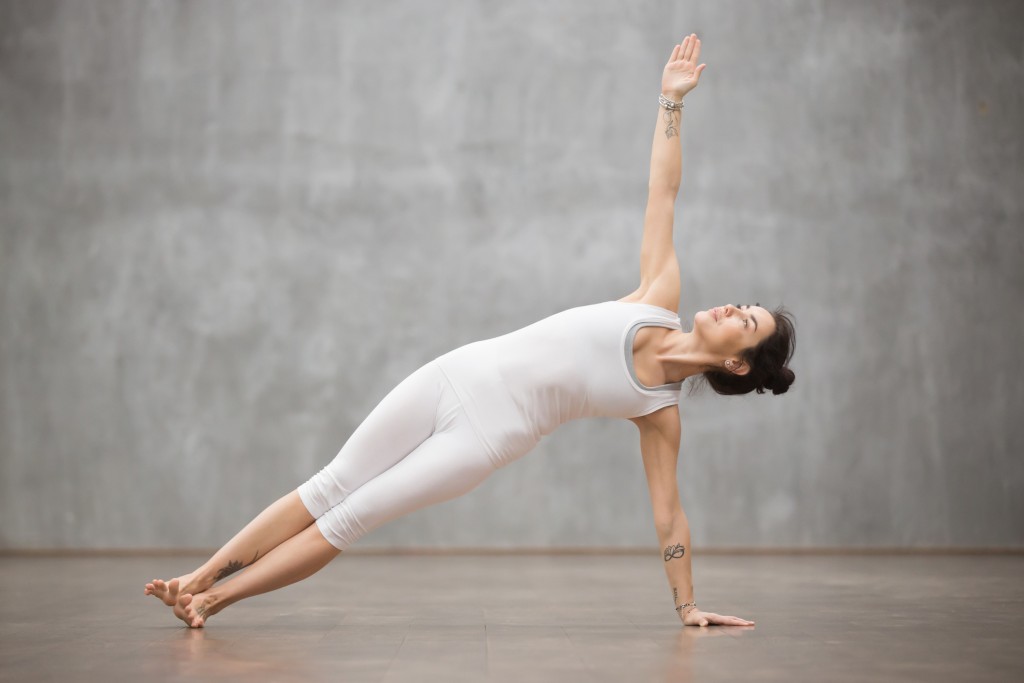
Vinyasa flow, dynamic yoga
This discipline, which is more physical and demanding, brings enormous benefits to our well-being.
Vinyasa yoga or flow yoga was born in India, became popular in the United States, and went on to be successful in the Western world. It is more dynamic, demanding and creative than traditional yoga, incorporates more intense, physical elements, and includes more vigorous and challenging fluid posture sequences (asanas).
The concept “vinyasa” means “movement synchronised with breathing“, and takes its repertoire from ancient Ashtanga yoga. It works the body more and includes aerobic parts, thus helping to eliminate toxins while allowing us to gain strength, elasticity and balance.
Breathing remains fundamental, since it sets the rhythm for the postures and creates fluid movements that move harmoniously from one to another.
Keys to vinyasa yoga
Music: the sessions are taught with music, unlike traditional yoga. This can range from chill out melodies to relaxing songs, sounds of nature, Tibetan bowls, or artists such as Norah Jones, Sade and Adele.
Isolation of muscles: the muscle groups are worked in isolation. Different areas are strengthened separately, helping to tone the body and reduce the risk of injury. One class may require up to 60% of our strength.
Ujjayi breathing: this is known as “ocean breath” and consists of inhaling and exhaling through the nostrils while closing the glottis, which produces a guttural sound similar to the waves of the sea. This breathing creates a vibration in the body that favours physical and mental harmony and provides muscular oxygenation.
Aerobic movement: the sequence of contracting and stretching exercises encourages joint mobility and increases blood flow and heart rate, which achieves an aerobic workout without any impact.
The asanas vary in each session in accordance with the targets: strength work, twisting, opening and balancing. This movement, although smooth, nevertheless involves muscular and aerobic work which burns calories and stylises the body.
In short, vinyasa creates the sensation of performing more physical exercise, and also generates a state of calm and well-being thanks to the final relaxation.
Flow exercise
A current exercise in vinyasa flow yoga is the Sun Salutation sequence. 
13 movement postures are performed with circular breathing: inhalation drives us, while exhalation allows us to stabilise the body, in order to take the impulse again in inhalation and continue fluidly. At the end of the series we feel more energetic.
Vinyasa flow yoga is an ideal discipline for anyone looking for a more intense exercise which is closer to the gym than to meditation, and which also benefits mental and physical health.
This post is also available in: Portuguese (Portugal)
